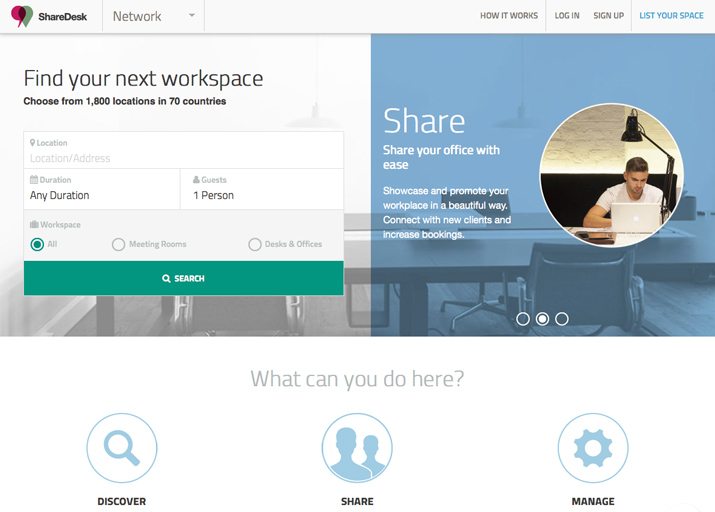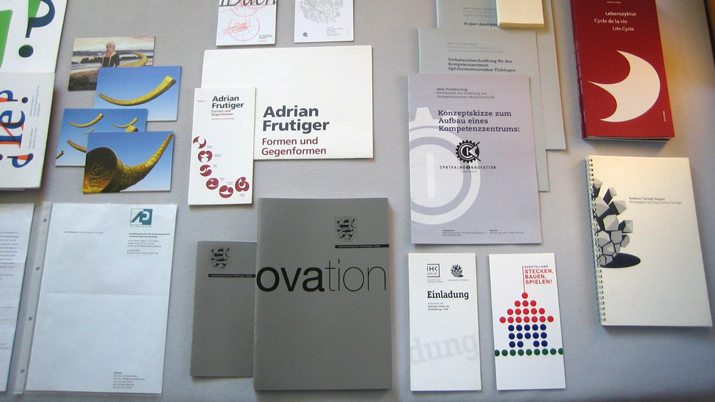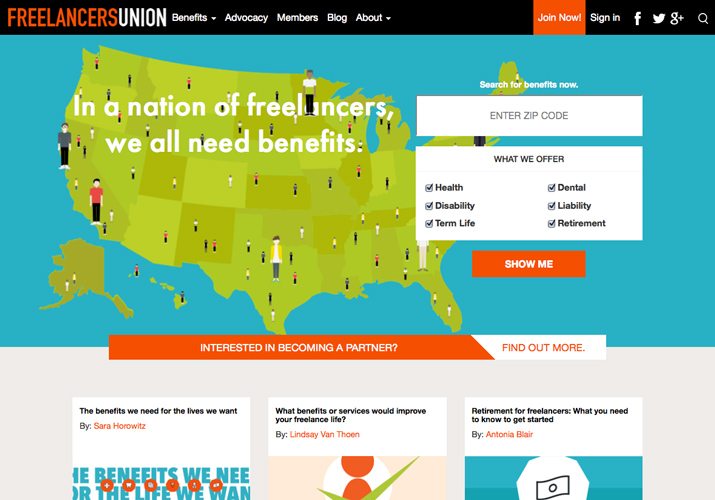Freelancing 101: How to Battle Obstacles to Success
It took a while for me to get started, really started, as a freelancer. And I won’t lie; it was not always easy. There are so many obstacles on the path to becoming a freelancer. Whether you are writing, designing or taking photos, the key is not to let doubt sink in. If you want to be successful you have to put your mind to it.
Today, we’re going to look at some of the obstacles freelancers often face in their working life, along with various tips and suggestions for overcoming each one.
Obstacle: Home Office Distractions

The home office is full of distractions – chores, knocking at the door, your spouse or children or pets. Sadly these distractions seem to get worse during work hours.
Solution: Start with dedicating a work space and time in your home. Make it off limits to the rest of the household during work time. And if that does not work, consider the co-working route and move your “office” to an offsite shared location. Try a site such as ShareDesk or Desk Surfing to find co-working locations around the world.
Obstacle: Getting Paid

Getting paid is one of the more rewarding parts of working any job, but chasing down clients for payment is not. For your sanity, and budget, it is important to collect in a timely manner.
Solution: Create an invoicing system. You can do this manually or with one of the many online tools available. Make sure to send invoices in a timely manner, itemize your work and include a due date (late penalty information) and where and how to send payment. (I send invoices on the last work day of the month, every month. This way I don’t forget anyone and I know when all payments are due since it is at the same time.) If you have a client that is balking about paying, be nice but firm. In the future, if you continue to do business with them, collect at least 50 percent payment up front. Finally, if you have a client who repeatedly refuses to pay, it might be time to cut ties.
Obstacle: How to Measure Success

Is success seeing your design (or other work) on a billboard or website or is it making enough money to support yourself? Measuring success in a work environment where you are the sole employee can be difficult.
Solution: Set goals early. You should have three sets of goals when it comes to freelancing success: Overall business goals (number of clients or annual income), annual goals (projects that you want accomplish this year) and project goals (what will make each piece of work successful). Outline these goals at the start of the year or project. Write out and post each goal, steps to success and “I will know success when …” somewhere where you can see it and be reminded of goals and wins every day.
Obstacle: Pitching Clients

No matter what type of freelance work you do, it will involve making pitches to clients. You better learn the basics of marketing right now.
Solution: Effective marketing strategies are key in developing business and pitching new clients. Take a class or enlist the help of a marketing professional if this is not your forte. Practice good business habits: Return calls and emails promptly, get to meetings on time and look polished, attend networking events, have business cards on hand, keep your website up to date and always present yourself and your work in a professional manner. Keep your portfolio ready and have presentation materials on hand. Have confidence that what you do is good, valuable and worth every penny that you charge.
Obstacle: Business Costs
Working in an office environment often comes with the perk of tools. When you are freelancing, you are responsible for buying all the tools, equipment and software you need to get the job done. And this can add up in a hurry.
Solution: Make a list of everything you need to do your job. What software will you need? What tools are necessary? Know how frequently these items will have to be updated or replaced. Then work to get on a cycle so that you can buy a few things at a time and not replace everything at once. Look to businesses that do similar work and see if they will sell you gently used equipment. (It’s more common than you might think.)
Only invest in tools that actually help you get your work done. (Photographers, for example, can save on Adobe tools by only purchasing the Photoshop Creative Cloud membership plan rather than the full software suite.)
Obstacle: Finding Healthcare and Benefits

One of the things that often stops a freelancer from going full time can be healthcare and benefits. While options vary by country and location, it is a real concern. The cost of healthcare and saving for retirement should be considered when you think about take-home pay.
Solution: Look for groups in your area that help keep costs under control with group plans for freelancers. In June 2014, the Freelancers Union started the National Benefits Platform. This program allows freelancers to find benefits – heath, dental, life insurance, 401k plans and more – with a search tool. The program is open to United States freelancers
Obstacle: Saying No

As a young freelancer, I took every single project that came my way. Some of them helped me make money and build business but I actually lost money on others. But how do you say no when someone asks for your help?
Solution: Say it out loud right now: “No.” And then: “I’m sorry, but I can’t take on another project right now.” There is nothing wrong with either of these statements. A good follow-up is to also have a short list of other freelancers or companies that do similar work and make a referral to one of them for the potential client. It is perfectly fine to decline a project. And in some situations you need to.
If you do not have the right tools or skillset for a specific job, say no. If you are already overwhelmed or booked, say no. If you are planning some time off, say no. If you don’t think you can finish the project on budget, say no. If the cost outweighs what you can make on a project, say no. Create a short, simple and polite “rejection letter” that you can send clients who make inquiries that you can’t take on. Having this item in your toolkit will save you time and heartache.
Conclusion
Working as a freelancer can be rewarding and challenging. When it comes to overcoming obstacles – and there can be many – remember why you got into the business initially. For the most success be persistent in your goals, know your clients and their needs, dedicate time and space to work, be organized, stay positive and honest and these challenges won’t seem quite so challenging after all.
Freelancing 101 is a monthly series to help the increasing number of freelancers in the market. Whether you are a designer, writer, developer or wear multiple hats, we will share tips, resources and ideas to help you make the most of your small business. Is there something in particular you want to know? How do you feel about this series? Let me know at [email protected].
Image Sources: Rocky Lubbers, Rafael JM Souza, Niels Heidenreich and Vinnie Lauria.